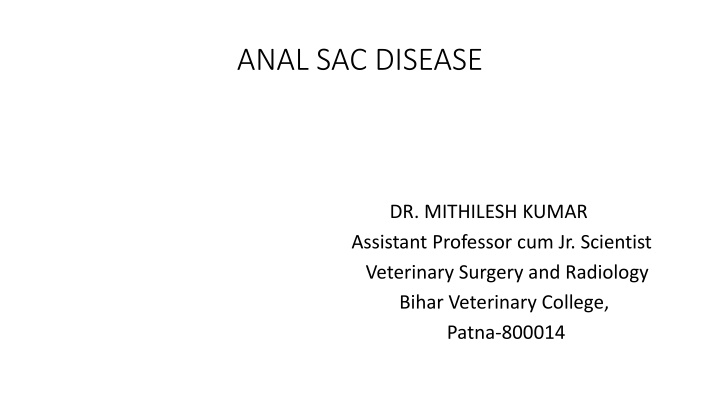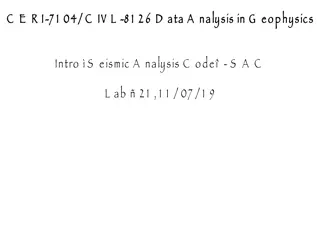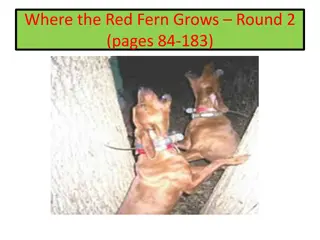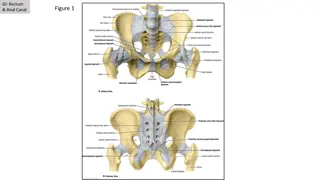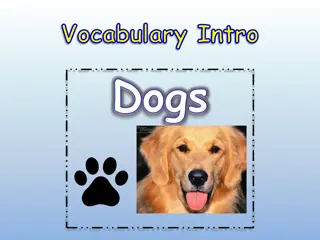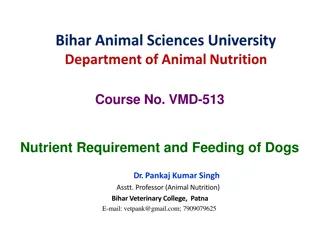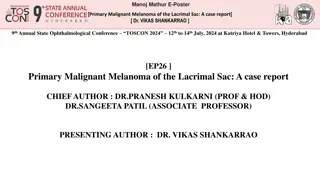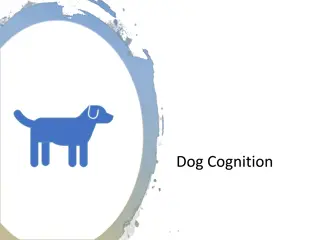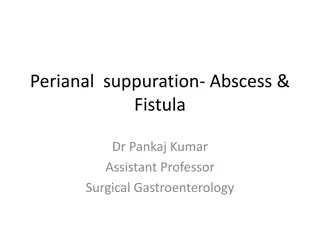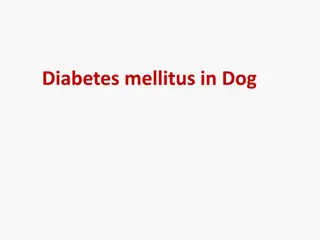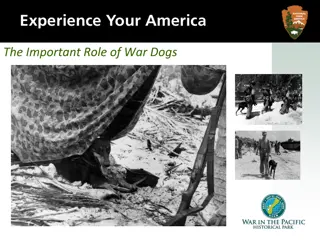Anal Sac Disease in Dogs
Anal sac disease, also known as anal gland disease, affects dogs causing discomfort and potential infections. Learn about symptoms, causes, and treatment options for this common canine issue.
Download Presentation

Please find below an Image/Link to download the presentation.
The content on the website is provided AS IS for your information and personal use only. It may not be sold, licensed, or shared on other websites without obtaining consent from the author.If you encounter any issues during the download, it is possible that the publisher has removed the file from their server.
You are allowed to download the files provided on this website for personal or commercial use, subject to the condition that they are used lawfully. All files are the property of their respective owners.
The content on the website is provided AS IS for your information and personal use only. It may not be sold, licensed, or shared on other websites without obtaining consent from the author.
E N D
Presentation Transcript
ANAL SAC DISEASE DR. MITHILESH KUMAR Assistant Professor cum Jr. Scientist Veterinary Surgery and Radiology Bihar Veterinary College, Patna-800014
Anal sac stenosis disease is called anal gland disease. Located on either side of anus at 4 o clock and 8 o clock position. Lined with sebaceous gland to produce foul smelling fluid. Fluid stored opened into anus. Both male and female. Chemical acts as territorial marker or dog calling cards. Become impacted (plugged) due to inflammation of ducts.
Secretion within the impacted sacs will thicken and sac will become swollen distended. Painful to pass faeces. FUNCTION:- Secretions are used to repel enemies and alert other animal to their presence. Fluid squeezed out by muscular contraction.
Passes during bowel movement providing a distinctive odor (individual scent signature) to the feces. Squeezed out every time strains to poop. Identify themselves each other
Interested in smelling one another feces. Problem:- Sac become impacted due to inflammation of ducts. The secretion within impacted sacs will thicken. Sac become swollen and distended. Painful to pass the feces. The secretion of sac is ideal media for bacterial growth. Allowing abscess to form
Bacteria normally present in anus readily travel to ducts and enter the sac. In normal situation bacteria flushed out with faeces. Sac impacted fluid does not empty normally. They become infected. The fluid then become bloody and sac become filled with pus. This forming anal sac disease.
SCOOTING DOG OR DRAGGING THE REAR ALONG THE GROUND, LICKING OR BITING AT THE BASE OF TAIL.
Appear as a painful, red, hot swelling one or both side of the anus. Abscess bursts release greenish yellow or bloody pus. In untreated case infection quickly spread cause severe damage to anus and rectum. It change the stool consistency DIAGNOSIS:- First sign scooting or dragging the rear along the ground .
Excessive licking or biting at the base of tail rather than anal area. Gentle dogs may snap or grown if touch the tail or anus. If anal sac ruptures blood or pus draining from rectum. Impaction involves emptying the sacs. In severe impaction or infection require flush out sac by solidified material. In painful require sedative or anesthetic.
Symptoms : Scooting Licking or biting his rear end A bed smell Constipation or pain when pooping/siting
Treatment: Antibiotic Clindamycin orally Sometime instilled into sacs Pain relief medication meloxicam several days subside swelling Surgery necessary in advance cases.
The fluid inside sac become dry and thick and plugs up the openings. This is called impaction. Impacted sac easy to treat by pressing with finger regularly. More fibre diet. Increase the size of poop giving more pressure on sac to empty
Common in dog irrespective of breed. Overweight dog tend to have chronic anal sac problem. Sac do not empty well. Each impaction may cause scarring or narrowing of duct. Recurs frequently Surgical removal of sac require.
Sac produce pungent smelling secretion. That allows his or her territory Domesticated dog this is an unnecessary behavior . Removal will not adversely affect pet. Release the contents of anal sacs particularly on frightened. Lack of control on anus or anal sac.
Small quantities of fluid will drain out when resting, leaving an unpleasant odor. Remove the sac in this problem.
